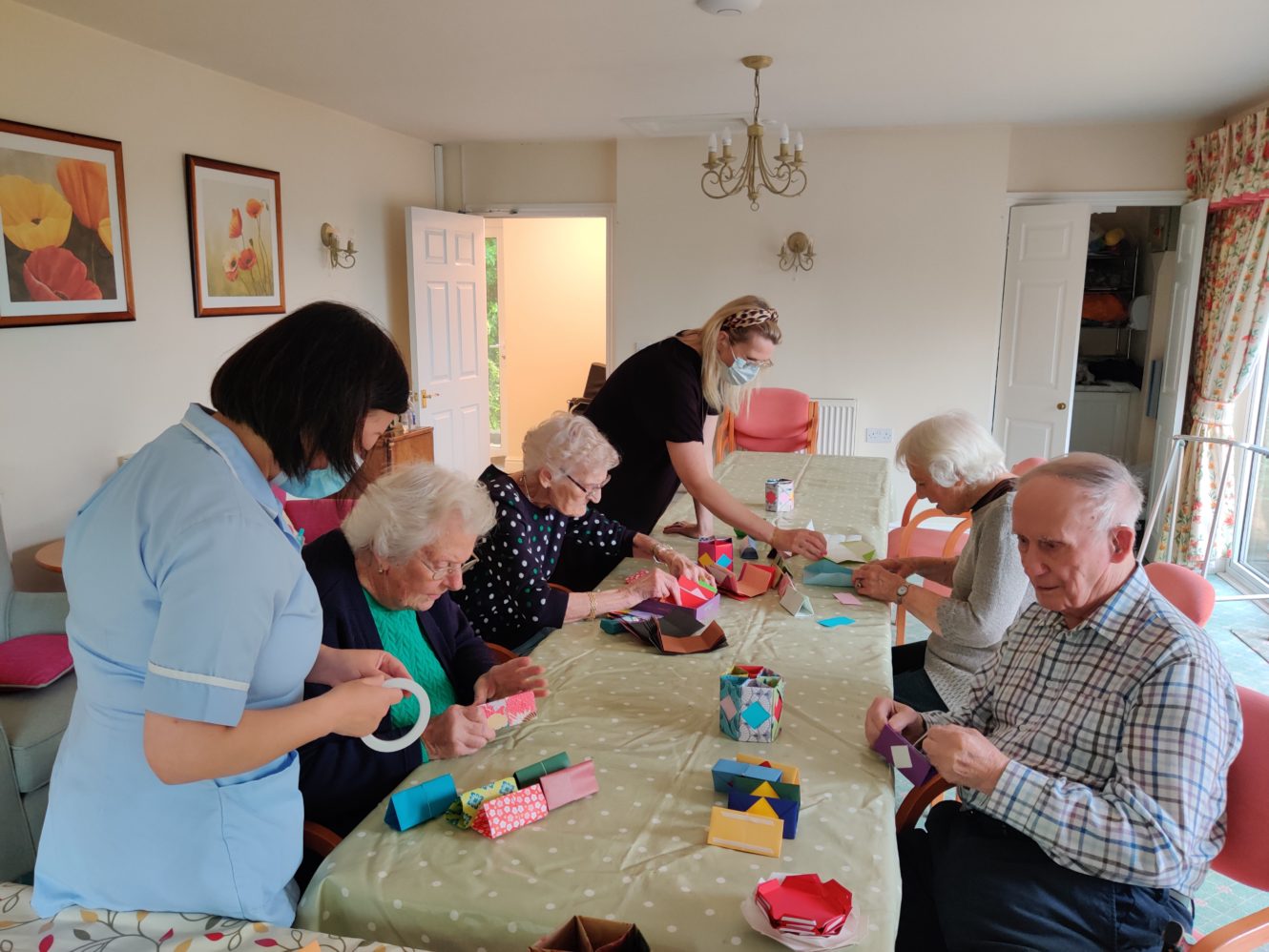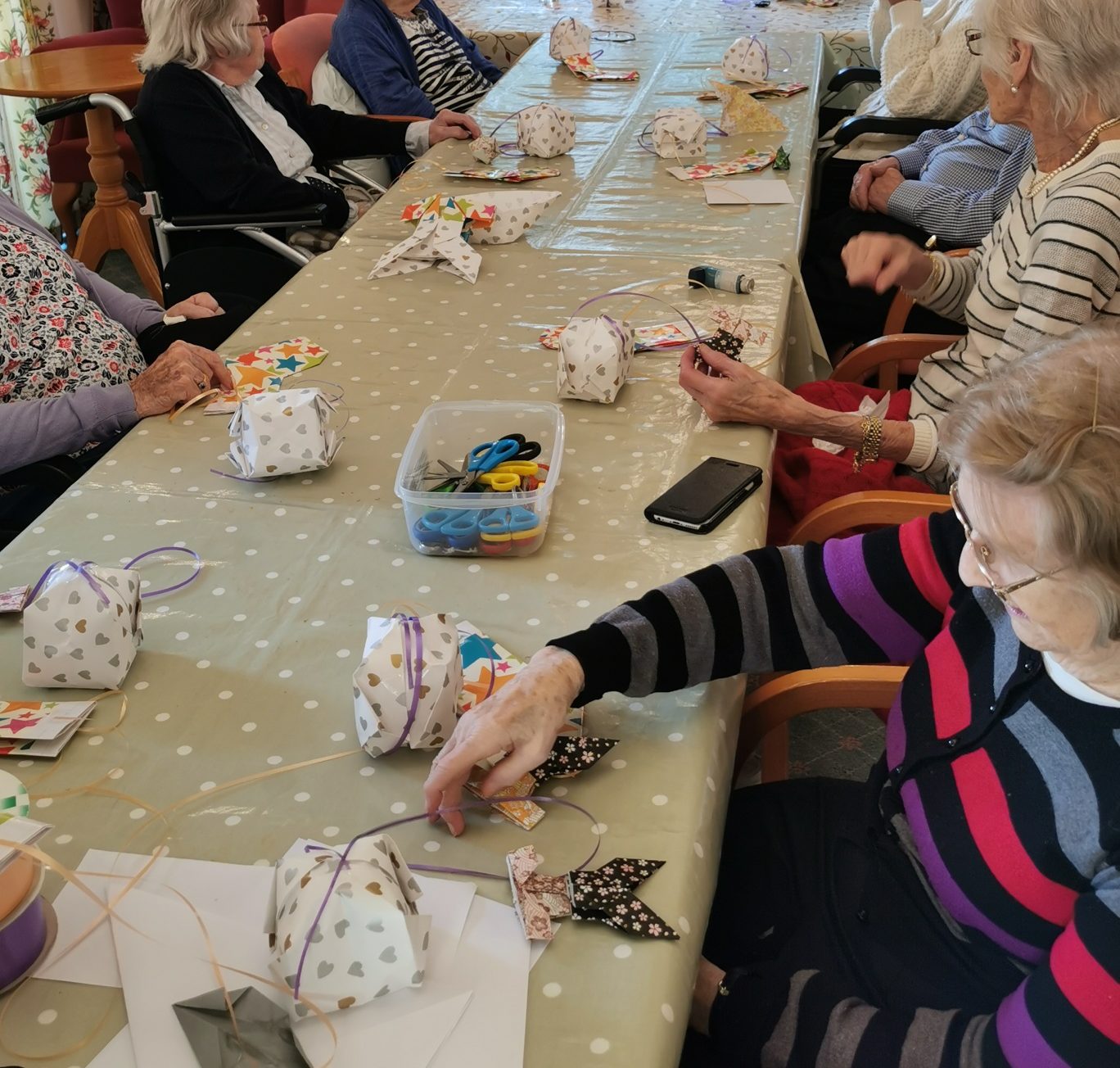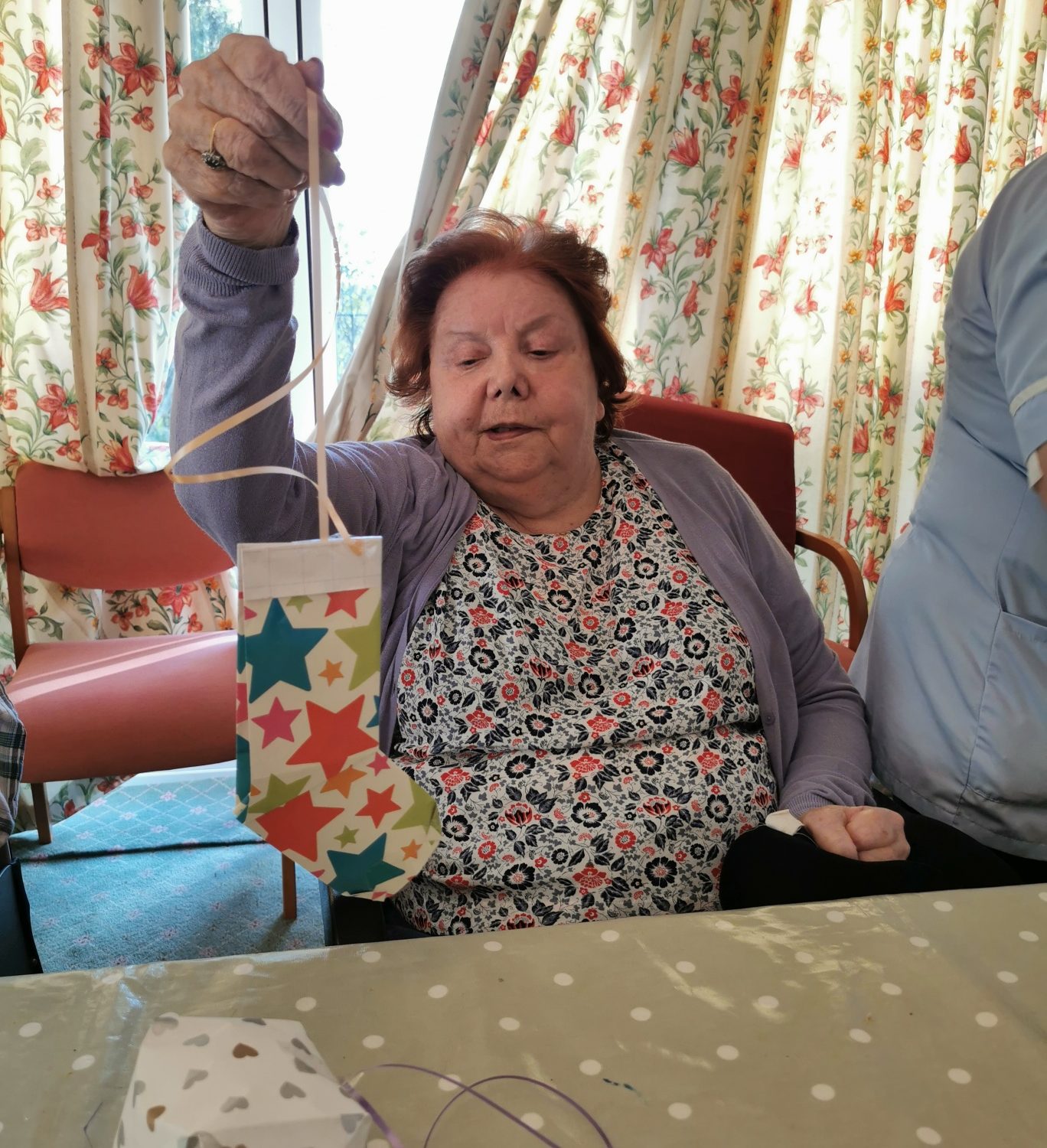
The meditative charms of origami
For those of us of a certain age, ‘origami’ means a gentle, easy-to-watch television programme of the late 1960s and early ’70s presented by its genial host – the magician/illusionist, Robert Harbin. In a short space of time, a small square of paper was magically transformed into a swan, a boat or, perhaps, a flower – in front of your very eyes.
However, the Japanese art of origami is thought to originate in China, circa 200 AD, where it was originally practised as ‘Zhezhi’ by Buddhist monks. And it was not until the sixth century that the artform found its way to Japan – initially being used solely for religious purposes, due to the punitive cost of paper at the time.
Originally, recreational Japanese paper folding had many names: ‘orikata’, ‘orisue’, ‘orimono’, ‘tatamigami’, among others. Exactly why ‘origami’ became the adopted name of choice remains unknown, but it is a compound Japanese word that stems from ‘ori’ – to fold, and ‘kami’ – which means paper, so we can make a reasonably accurate guess.
Having decided that origami was the perfect opportunity for our residents to bring their powers of concentration to bear while learning a fascinating new skill, it was time to take the plunge and get folding.
Paper flowers make delightful gifts and are exquisitely decorative, so it seemed appropriate to try our hand at one of the most famous ‘modern’ origami models: Kawasaki’s Rose. The Kawasaki rose is built on a grid system, which is one of the most difficult elements of the prefolding process – but we certainly weren’t going to let that deter us!

What started as a challenging exercise in precision and creative thinking, quickly became a journey of discovery.
Finding new ways to construct beautiful and delicate examples of paper engineering in the form of flowers, lanterns, greeting cards, and so much more, has turned into a source of artistic expression that we have taken to our hearts and is now one of our favourite activities.
What a fun way it is to spend an afternoon – who knows what we will attempt in our next session.
Watch this space!

